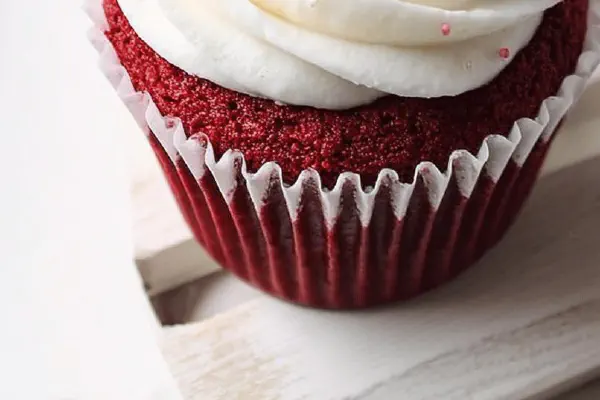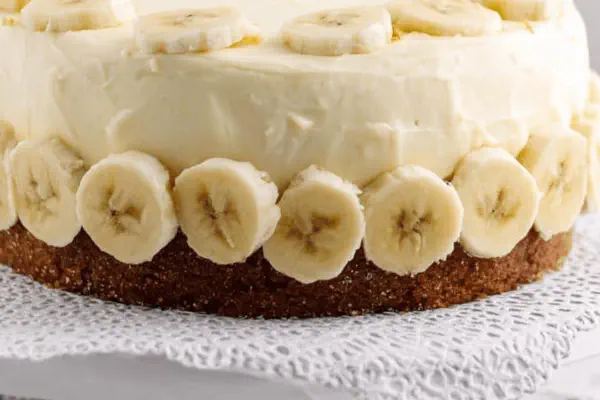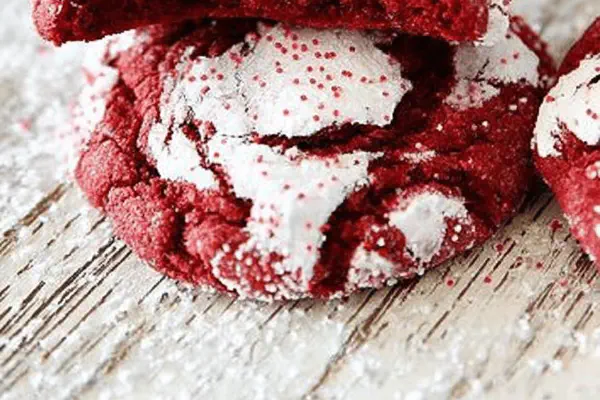Red Velvet Cupcakes Twist

By Emma
Certified Culinary Professional
Ingredients
- 2 3/4 cups all-purpose flour sifted
- 1 1/4 tsp unsweetened cocoa powder sifted
- 1/2 tsp fine sea salt
- 1 tsp baking powder
- 1 cup vegetable oil instead of butter
- 1 3/4 cups granulated sugar
- 3 large eggs room temp
- 1 tbsp vanilla extract
- 1 tbsp brewed espresso cooled (optional twist)
- 2 tsp red food coloring gel, no streaks
- 1 cup buttermilk room temp
- 1/2 cup water room temp
- 1 tbsp white vinegar
- 1 tsp baking soda
About the ingredients
Method
Cupcakes
- Heat oven to 345F—not 350 exactly, preheat your rack in middle position. Line 24 cups with liners, don’t crowd or walls steam.
- Sift flour, cocoa, salt, and baking powder together twice. Never skip sifting for light crumb. Set aside.
- Mix oil and sugar in large bowl, vigorous whisk or paddle attachment. No butter clumps here, just glossy mix. Add eggs one by one—beat well after each. Eggs bring structure.
- Drop in vanilla and espresso. That espresso? Depth without coffee taste. Mix fully before food coloring.
- Add red gel food coloring in, about 2 tsp then check color. More if you want bright red. Mix till streaks vanish, no overmix though, batter should still jiggle slightly.
- Alternate dry sifted mix with buttermilk and water add-ons. Start and end with dry. Pour about half dry, half liquids gradually, folding gently. Stop when combined, batter should be thick ribbon-like, not runny but not stiff.
- Combine vinegar and baking soda in small bowl—fizz activated. Pour into batter quickly, fold once or twice till just integrated. Don’t wait, rising starts here.
- Divide batter equally into liners, fill about 2/3 full for dome rise. Avoid overfilling, they spill.
- Slide tray in oven, bake 18-23 mins. Peek at 18 mins, toothpick should come out mostly clean with few moist crumbs—wet batter means more time. Tops spring back under finger pressure, edges firm but not hard.
- Remove cupcakes from oven, cool 5 mins in pan—this sets shape then transfer to wire rack to cool completely before frosting or risk runny topping.
Cream Cheese Frosting
- Use large bowl, beat 10 oz cream cheese chilled till creamy but not melting, no lumps.
- Add 4 tbsp softened butter, whip until light, pale, and fluffy. Butter adds stability; try not to overbeat or it gets greasy.
- Sift and gradually incorporate 3 1/2 cups powdered sugar in intervals. Scrape bowl sides. Frosting should be spreadable yet shape-holding—a balance.
- Add 1 tsp lemon zest and 1 tsp fine sea salt, sharpens flavor, balances sweetness. Skip lemon? Add pinch of cinnamon for warm spice.
- Pipe or spread generously—tip: chilling frosting 20 mins firms it for better piping control. For tall swirls, double frosting amount, else slather thick and rustic.
- Store frosted cupcakes in fridge if not serving soon, bring to room temp before eating for full flavor release.
Cooking tips
Chef's notes
- 💡 Heat oven to 345F exactly; not the usual 350. Middle rack prevents scorched edges while giving crumb time. Oven temps vary; watch tops for gentle doming, slight crackle sound on bite means done.
- 💡 Sift flour, cocoa, salt together—twice is key. Clumps wreck crumb. Use fine sea salt, not coarse or iodized. Cocoa powder small amount avoids darkening but adds depth. Mix dry thoroughly first.
- 💡 Oil replaces butter here for moist crumb. Whisk oil and sugar vigorously to suspend sugar crystals. Butter does flavor but oil keeps tender without crust hardening. Eggs large, room temp, beaten well, structure over fluff.
- 💡 Espresso adds background deep flavor, no coffee bitterness. Add before food color. Use brewed and cooled. Optional but changes profile. Food gel coloring—add gradually; stop once streaks vanish for even bake.
- 💡 Fold dry ingredients alternating with buttermilk and water. Start and end dry. Avoid overmix or tough gluten forms. Batter texture should be thick ribbon, slightly jiggly, not runny or stiff. Signs matter here.
- 💡 Vinegar+baking soda fizz must hit batter fast. Mix soda into vinegar first, then fold quickly once fizz peaks. Delays kill rise; cupcakes dense if fizz lost. Don’t overfold or carbon dioxide escapes.
- 💡 Fill liners max two-thirds. Overfill causes spill, flat tops. Underfill leads to no dome, crumb dense. Watch batter level attentively; uniform size means even bake and look.
- 💡 Bake time varies 18-23 min. Toothpick test: clean with few moist crumbs. Wet batter means more bake needed. Tops spring back under finger pressure; edges firm but not hard. Visual and tactile cues outperform timer.
- 💡 Cool cupcakes 5 mins in pan to set shape then transfer. Warm cupcakes plus frosting melt, slide off. No room temp frosting on hot cake. Patience here prevents runny mess and ruined texture.
- 💡 Frosting chill 20 mins after mixing. Cream cheese cold beats smooth but not melting. Butter softened but firm, whipped light pale, not greasy. Powdered sugar added slowly avoids dust clouds, keeps spreadable. Lemon zest and salt necessary; skip lemon add pinch cinnamon for spice layer.
Common questions
Why sift dry ingredients twice?
Clumps ruin crumb. Twice sifting breaks lumps better. Fine salt mixes evenly. Cocoa needs even spread; avoid dark patches. Skipping sifting causes dense cupcake texture.
Can I skip espresso?
Yes, but lose depth. It offsets sugar sweetness. Use vanilla only or coffee extract. Gel food coloring needed regardless. Dry cupcakes if espresso missing? Watch baking closely, longer times common.
What if cupcakes sink?
Usually overloading liners or deflated fizz. Vinegar+baking soda react fast; delay folding loses CO2. Also batter too runny or oven temp wrong. Use thermometer, fill liners properly.
How to store frosted cupcakes?
Fridge best to keep frosting firm. Wrap loosely or airtight container to avoid sogginess or fridge odor. Bring to room temp before eating; cold masks flavor and toughens crumb. Can freeze un-frosted; thaw fully.



